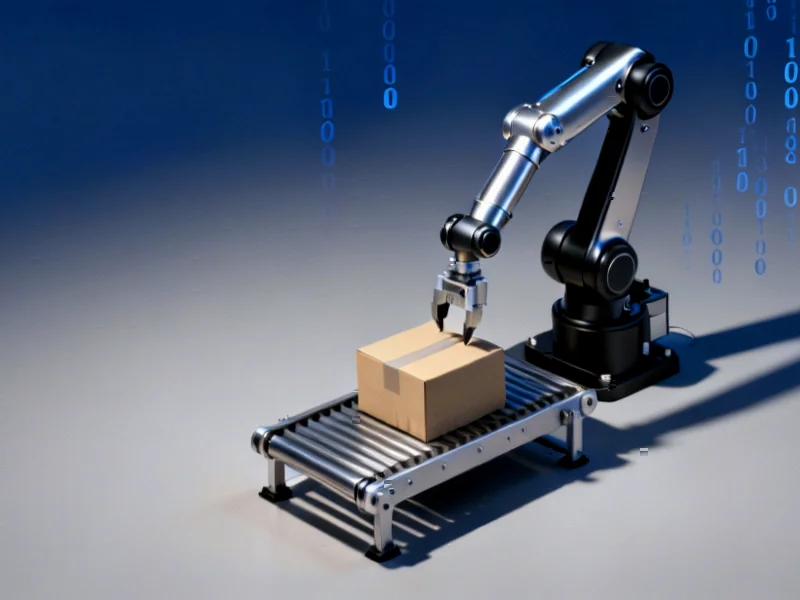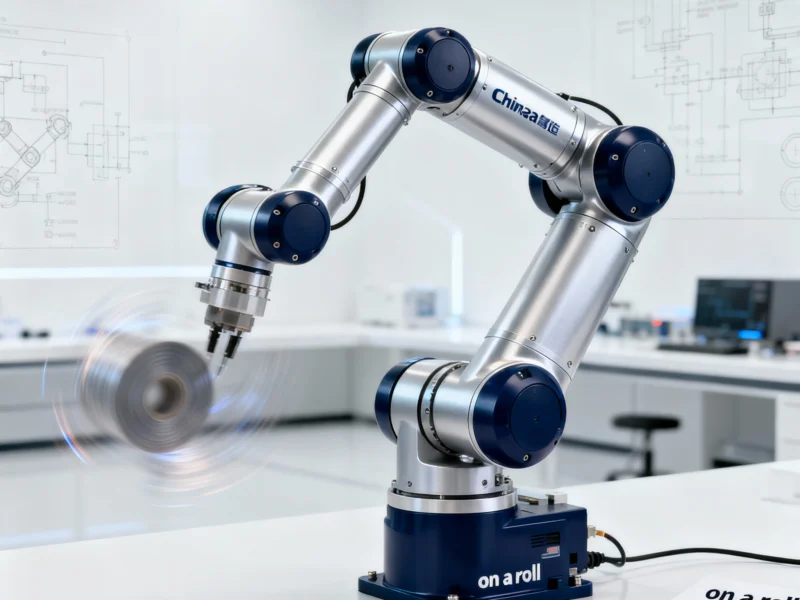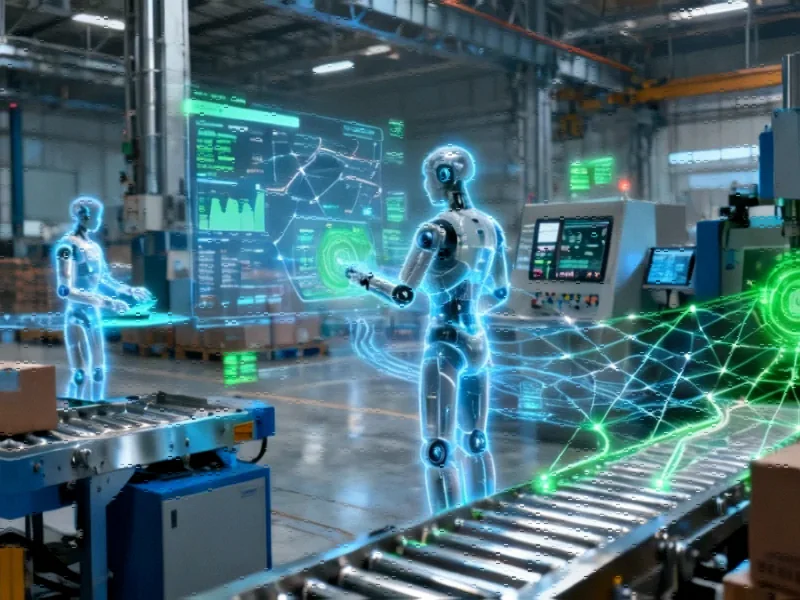The Automation Shift in Amazon’s Operations
Recent internal documents reveal that Amazon is accelerating its automation initiatives with ambitious targets that could significantly impact its hiring patterns. According to reports, the e-commerce giant’s robotics team aims to automate approximately 75% of company operations, representing one of the most substantial workplace transformations in modern corporate history.
Table of Contents
The leaked plans suggest Amazon could avoid hiring up to 160,000 U.S. workers by 2027 that would otherwise be needed to handle growing operational demands. Looking further ahead, executives reportedly told the company‘s board that robotic automation could enable Amazon to maintain its current U.S. headcount even as sales are projected to double by 2033—potentially avoiding the need for over 600,000 additional workers.
Economic Implications and Strategic Benefits
The financial motivation behind this automation push appears substantial. Internal estimates suggest these changes could save Amazon approximately 30 cents on every item it packs and delivers. This cost reduction comes at a critical time as the company faces increasing pressure to maintain profitability while competing in multiple sectors.
Amazon’s current position as the nation’s second-largest employer, with approximately 1.2 million U.S. workers, means its automation strategy could have ripple effects throughout the entire labor market. Industry analysts note that where Amazon leads in e-commerce and logistics, competitors like Walmart and UPS often follow, potentially accelerating automation adoption across multiple industries.
Current Automation Implementation
Amazon isn’t just planning for automation—it’s already implementing it at scale. The company currently operates about one million robots worldwide, with specific facilities serving as templates for future expansion. The Shreveport, Louisiana warehouse, opened last year, represents Amazon’s most advanced automated facility to date.
This facility employs approximately 1,000 robots and operates with roughly 25% fewer workers than comparable non-automated warehouses. The design has proven successful enough that Amazon plans to replicate it in about 40 facilities by the end of 2027, beginning with a Virginia Beach location that opened this April., according to industry news
Company Response and Counter-Narrative
Amazon spokesperson Kelly Nantel has challenged the characterization of the leaked documents, stating they “reflect the perspective of just one team and don’t represent our overall hiring strategy.” The company emphasizes that it continues to hire significant numbers of workers, including plans to add 250,000 seasonal positions for the upcoming holiday season.
Udit Madan, Amazon’s head of worldwide operations, pointed to the company’s history of reinvesting automation savings into new roles and initiatives. He highlighted the expansion of delivery hubs in rural areas as an example of how efficiency gains can create different types of employment opportunities.
Broader Industry Context and Future Outlook
The automation debate extends far beyond Amazon, touching on fundamental questions about technology’s role in the future of work. As companies across sectors invest in robotics and AI, workforce development experts are watching how these transitions unfold., as related article
Amazon’s approach appears to include careful management of both the practical implementation and public perception of these changes. Internal documents reviewed by reporters indicated the company has considered community engagement strategies and terminology choices, potentially favoring phrases like “advanced technology” and “cobot” over “automation” and “AI.”
What remains clear is that Amazon’s scale means its automation decisions will influence not just its own workforce but potentially the entire logistics and e-commerce ecosystem. As the company moves forward with its robotics initiatives, the balance between operational efficiency and workforce development will continue to evolve, shaping the future of both Amazon and the industries it dominates.
Related Articles You May Find Interesting
- Kering Sells Beauty Division to L’Oréal in $4.7 Billion Strategic Partnership
- Media Giant Warner Bros. Discovery Enters Bidding War: Valuation Estimates and S
- Worldline’s Compliance Gap Exposes Systemic Risk Management Challenges in Rapidl
- Rust Library Security Flaw Exposes Widespread Software Risk: What You Need to Kn
- IBM Partners with Groq to Accelerate AI Inference Performance for Enterprises
References & Further Reading
This article draws from multiple authoritative sources. For more information, please consult:
This article aggregates information from publicly available sources. All trademarks and copyrights belong to their respective owners.
Note: Featured image is for illustrative purposes only and does not represent any specific product, service, or entity mentioned in this article.



